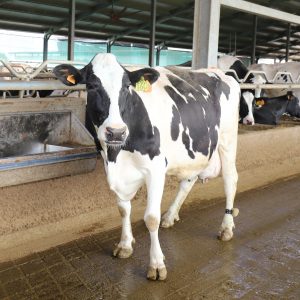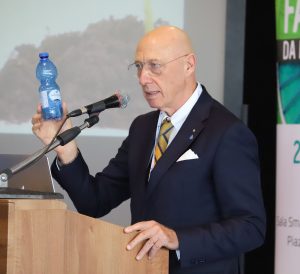“Hydraulic invariance” may not be a household term and “hydrological invariance” is probably utterly unfamiliar, but the harmonious conduct of our lives and all out activities depend very much on these two factors, so dear to engineers.
They can be explained with an example. When it rains, the water falls to the ground and partly sinks into it, while some water runs off and is then intercepted by the drainage network in our cities or ends up in the rivers.
If everything works as it should there is a substantial balance (invariance) in water flows and the ground is capable of managing rain to the best effect. But the increasing cementification of our world and the reduction in the area of farmland prevents rain from being adequately absorbed by the soil. The result is that drains or waterways tend to be overworked, as a result they overflow and cause flooding.
This is a serious problem, given the anomalous pattern of rainfall, with the increasing frequency of cloudbursts, phenomena capable of discharging thousands of cubic metres of rainfall on the land in just a few minutes, creating the environmental disasters that we read about in the newspapers.
The solutions? The trade fair devoted to managing water resources will be held in Cremona on 24 October during Watec Italy. It offers a venue for exchanging ideas and find the most sustainable techniques for modelling these phenomena and above all creating a territorial policy capable of reconciling the needs of farming with those of the urban and suburban areas. To view the full program of seminars, the address is www.watecitaly.com/conference-program
#watec #watecitaly2019 #invarianzidraulica #invarianzaidrologica #agricoltura #acqua #allagamenti




